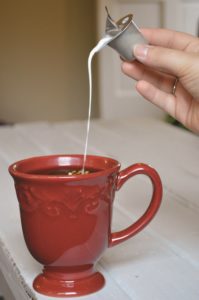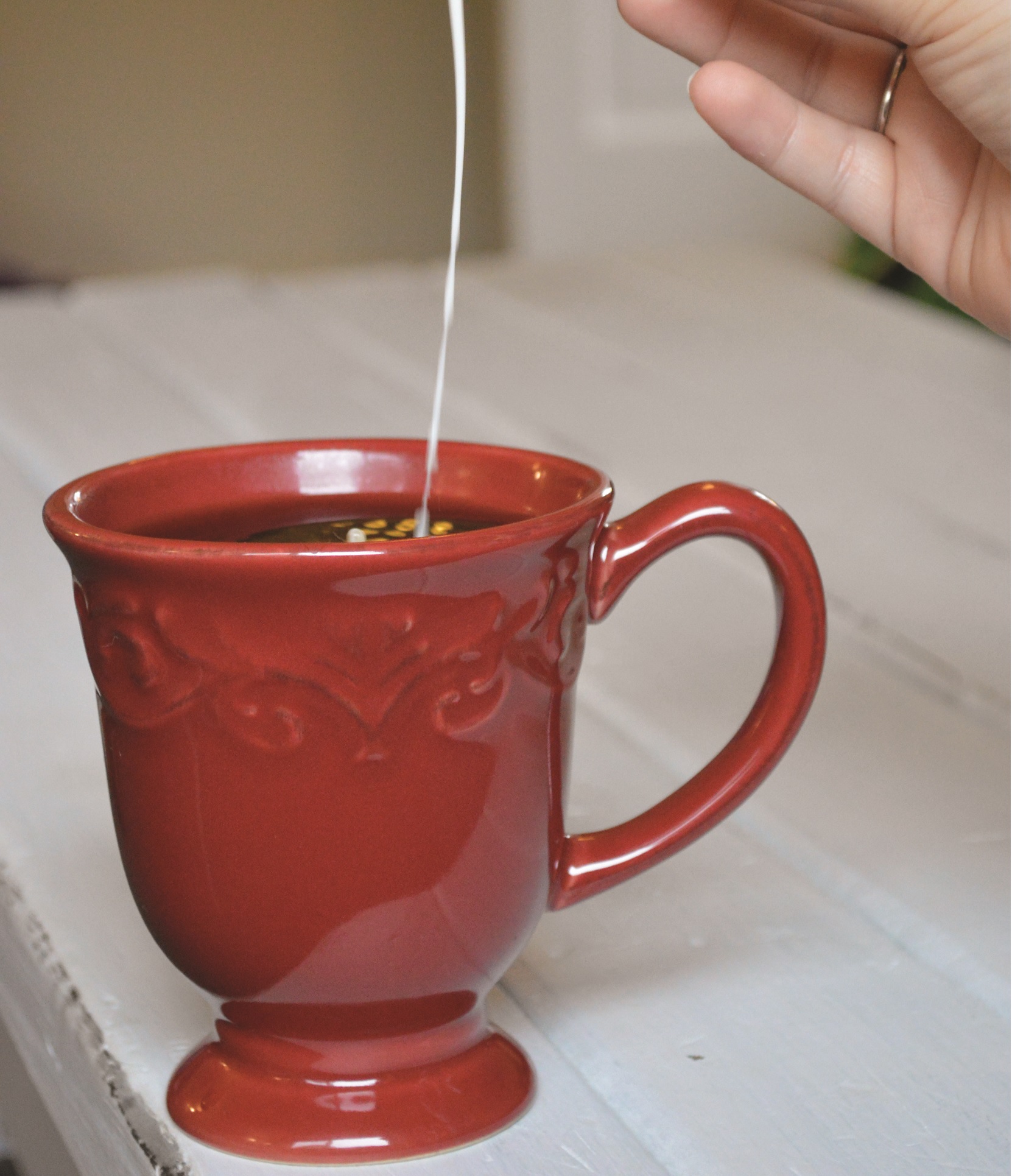Coffee Culture: Bridging the gap between Folgers and Mayan Mochas

“You want cold coffee?” a waiter once asked me when I requested an iced coffee. The waiter’s puzzlement elicited mine. Why was this an odd request?
My interest in coffee began during my sophomore year in high school as a friend offered me a taste of her bottled Starbucks Caramel Frappuccino. Imagining all coffee to be bitter, I was amazed by my predilection.
When I decided to try my hand at coffee brewing, I was surprised to find that my grandmother, a coffee drinker, was less than thrilled by my cold caramel macchiato coffee.
I began to notice a generational difference in coffee preferences. While, throughout the day, my schoolmates sipped sugary coffee in to-go cups, my grandparents enjoyed a cup of black coffee only for breakfast.
What facilitated this shift in coffee consumption?
As Dr. Doug Sofer, associate professor of history at Maryville College pointed out, the Western world became interested in coffee in the nineteenth century. Though the product cannot be grown on US soil, it has slowly become a staple drink for many Americans.
By the time Martha Hess ‘67, retired MC registrar, was introduced to the steaming liquid, its presence was well established around the country.
“I remember going behind my mother’s back and tasting my father’s morning coffee,” said Hess. “I wondered: how can something that smells so good taste so bad?”
Robert Kennedy ’71 had a similar experience. “I remember asking my mother for a taste of it and thinking, ‘yuck’,” said Kennedy.
“The reason we had coffee was because my dad was career army. The army, they drink coffee by the gallon,” said Gail Hafner ‘60.
Additionally, all of the alumni I spoke to collectively remembered that coffee was served at breakfast in MC’s dining hall. “I drink it in the morning as a pick-me-up,” said 56-year-old Beth Myers-Rees, current non-traditional student at MC.
Though it was certainly a popular trend, hot, black coffee was not the only option as the baby boomers were growing up.
“I had an aunt who graduated from UT in 1918 who drank iced coffee in the summer,” said Hess. However, this new take on a traditional favorite was not popular with everyone.
“I remember hearing about iced coffee and asking my mother if she liked it,” said Kennedy. “She kind-of made a disgusted face and said no.”
Hess then explained the purpose of coffee as she remembered it. “Coffee served two purposes when I was growing up: one, to get awake in the morning; and two, as a social thing,” said Hess.
Kennedy also recalled the social aspect of coffee that influenced many of his college years.
“Coffee houses were popular, but you didn’t necessarily go there just to drink coffee. You might go in and read poetry or sing Bob Dylan’s music,” said Kennedy.
This social aspect of coffee consumption is still prevalent today as the number of mom-and-pop coffee houses grow alongside Starbucks.
Kitty Phillips, café manager of Vienna Coffee House in downtown Maryville, TN explained how the social role of coffee influenced the growth of Vienna.
“We’re community-oriented. That’s our biggest thing,” said Phillips. She went on to explain that the set-up of Vienna is intended to feel ‘homey’. That’s why we have the comfy couches,” said Phillips.
Many upcoming musical events similar to those Kennedy remembered from his college years can be found on Vienna Coffee House’s website.
It depends on whether it’s hot or cold outside,” said Clair Scott, sophomore at MC, when I asked what type of coffee she preferred from Vienna Coffee House.
“If it’s cold, I have a vanilla latte with an extra shot because I am a busy woman,” said Scott with a laugh. “If it’s hot, I have a Mayan Mocha. It’s a Frappuccino with dark chocolate, cayenne pepper and cinnamon.”
“You had two choices when I was growing up: Folgers or Maxwell House,” Myers-Rees countered with a laugh.
In addition to drinking new types of coffee, contemporary students also tend to bring coffee to places our grandparents might have never considered.
“Do they let you have coffee in class?” Julia Cooper ’72 asked me as I sipped a caramel macchiato. When I responded affirmatively, the group of alumni working in the archives murmured in shock.
“Can you imagine bringing coffee to linguistics class?” Kennedy asked the group. I later asked Sofer if he remembered students bringing coffee to class in his college days. “No, actually,” said Sofer in response.
Though Hess’s two purposes for coffee are still relevant today, I had yet to establish when the shift took place from black, morning coffee to Mayan Mochas on the go.
After pondering this very question, Sofer looked to YouTube to show me the ‘coffee scene’ from the 1991 comedy, “L.A. Story”.
In this satirical scene, each of the ten people sitting around a dining table requests an impossibly difficult coffee drink such as, “half double-decaffeinated half-caf with a twist of lemon”.
The contemporary ‘coffee-house’ atmosphere is also depicted in the 90’s sitcom “Friends” as the characters frequent the Central Perk coffee shop in New York City.
“I think it started out west, moved to the north, and then trickled down to the south,” Phillips, café manager of Vienna Coffee House, said of the popularity of specialty coffees. She went on to add that even Starbucks got its start in Seattle, Washington.
Because coffee isn’t grown in the United States, it would make sense that ‘fancy coffee’ gained its popularity in large, cosmopolitan cities such as L.A. or New York City.
“I have seen a big shift just in the last ten years. Ten years ago, you never heard the term ‘coffee culture’,” said Phillips.
Though its form has changed significantly between two generations, the social purposes of coffee combined with its potent caffeine have made the beverage transcend time. Though it can be black and steaming or khaki and cold, coffee holds the power to influence lives for years to come.


Very interesting story and very well written Alluson!